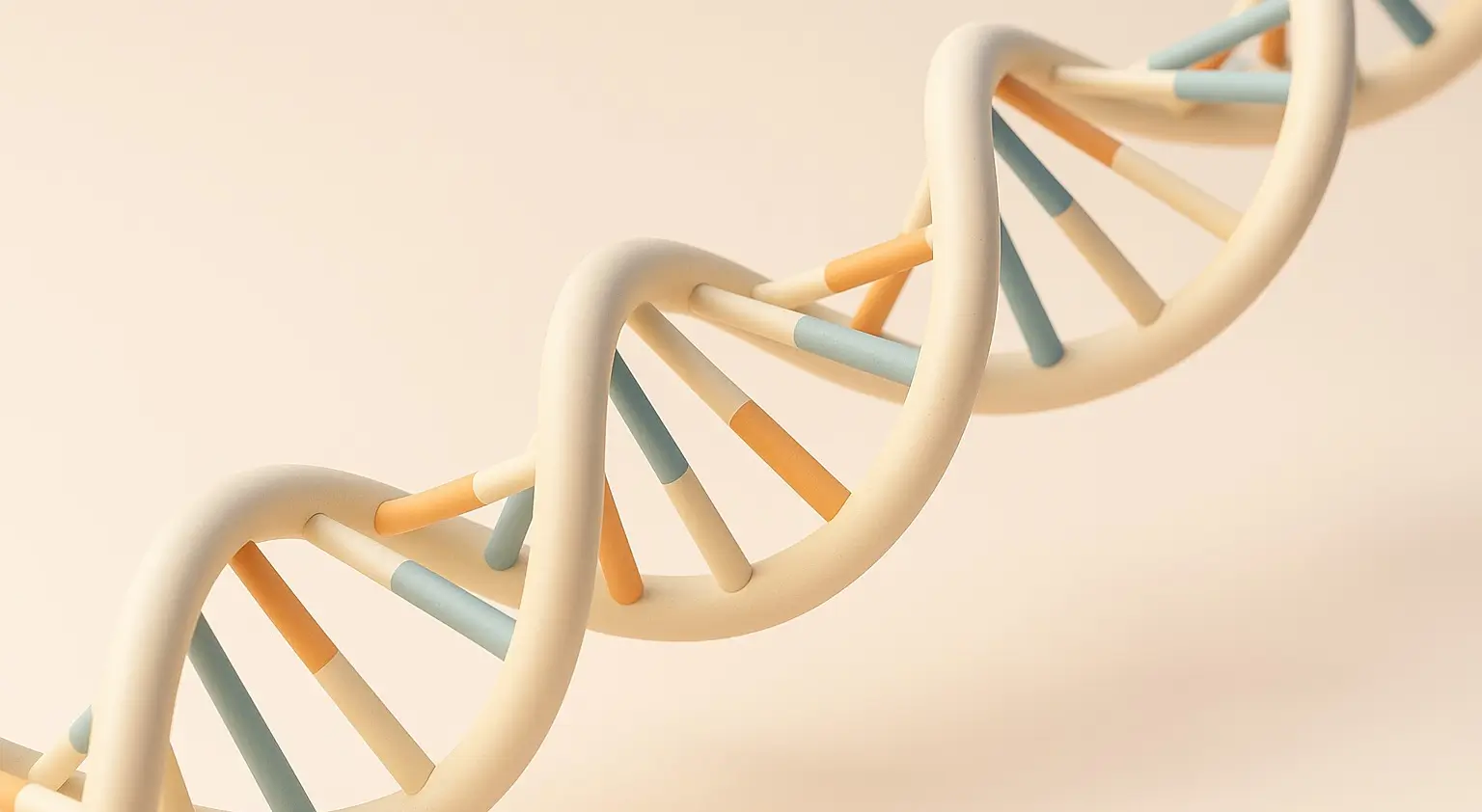- Nucleic acids are large, complex biomolecules essential for storing genetic information, synthesizing proteins, and regulating gene expression.
- They are composed of nucleotides, which consist of a pentose sugar, a phosphate group, and a nitrogenous base.
- These molecules primarily contain carbon (C), hydrogen (H), oxygen (O), nitrogen (N), and phosphorus (P).
Classification of Nucleic Acids

- Nucleic acids are classified into two main types, each with distinct structures and functions:
- Nucleic acids are classified into two major types, each with distinct structures and functions:
1. Deoxyribonucleic Acid (DNA)
-
-
Structure:
- DNA is a double-stranded molecule with two complementary chains forming a double helix.
- Composed of deoxyribose sugar and four nitrogenous bases:
- Adenine (A), Thymine (T), Cytosine (C), Guanine (G).
-
Function:
- Stores genetic information for protein synthesis, cellular functions, and inheritance.
-
Examples:
- Found in the nucleus, mitochondria, and chloroplasts of cells.
-
2. Ribonucleic Acid (RNA)
-
-
Structure:
- RNA is typically single-stranded and exists in multiple forms.
- Contains ribose sugar and four nitrogenous bases:
- Adenine (A), Uracil (U), Cytosine (C), Guanine (G) (Uracil replaces Thymine in RNA).
-
Function:
- Plays a critical role in protein synthesis and gene regulation.
-
Types of RNA and Their Roles:
- mRNA (Messenger RNA): Transcribes genetic information from DNA and transports it to ribosomes.
- tRNA (Transfer RNA): Brings specific amino acids to the ribosome during protein synthesis.
- rRNA (Ribosomal RNA): Forms the structural and functional core of ribosomes, catalyzing protein synthesis.
-
Table displaying the differences between the classifications of nucleic acids
| Classification | Structure | Sugar | Bases | Function | Examples |
| DNA | Double-stranded, double helix | Deoxyribose | A, T, C, G | Genetic information storage, heredity, guiding protein synthesis | Genomic DNA, mitochondrial DNA |
| RNA | Usually single-stranded, various structures | Ribose | A, U, C, G | Protein synthesis, gene regulation, catalytic activities, genetic information transfer | mRNA, tRNA, rRNA, miRNA, lncRNA |
Properties of Nucleic Acids
-
Polarity:
- Nucleic acids have a directional structure with a 5′ phosphate group at one end and a 3′ hydroxyl group at the other, determining how nucleotides are added during synthesis.
-
Base Pairing:
- DNA bases form specific hydrogen bonds:
- A pairs with T (in DNA) or U (in RNA).
- C pairs with G in both DNA and RNA.
- This complementary pairing ensures accurate replication and transcription.
- DNA bases form specific hydrogen bonds:
-
Stability:
- DNA’s double-stranded structure and deoxyribose sugar make it more chemically stable than RNA, which is more prone to degradation due to its single-stranded nature.
Functions of Nucleic Acids
-
Genetic Information Storage:
- DNA stores hereditary information essential for development, function, and reproduction.
-
Protein Synthesis:
- mRNA carries genetic instructions from DNA to ribosomes.
- tRNA delivers amino acids for protein assembly.
- rRNA facilitates the formation of proteins.
-
Gene Regulation:
- Non-coding RNAs (e.g., microRNAs, long non-coding RNAs) regulate gene expression at transcriptional and translational
Chemical Nature and Biological Role
-
Chemical Nature of Nucleic acids:
- DNA and RNA consist of nucleotide chains, with structural differences:
- DNA: Contains deoxyribose sugar, uses Thymine (T) instead of Uracil (U).
- RNA: Contains ribose sugar, replaces Thymine with Uracil.
- DNA and RNA consist of nucleotide chains, with structural differences:
-
Biological Role of Nucleic acids:
- Genetic Information Storage:
- DNA encodes genetic instructions for protein synthesis and cellular function.
- Transcription and Translation:
- DNA is transcribed into RNA, which is translated into proteins—the functional molecules of the cell.
- Gene Regulation:
- RNA molecules help control gene expression, determining which proteins are produced and when.
- Genetic Information Storage:
Click Here to Watch the Best Pharma Videos

